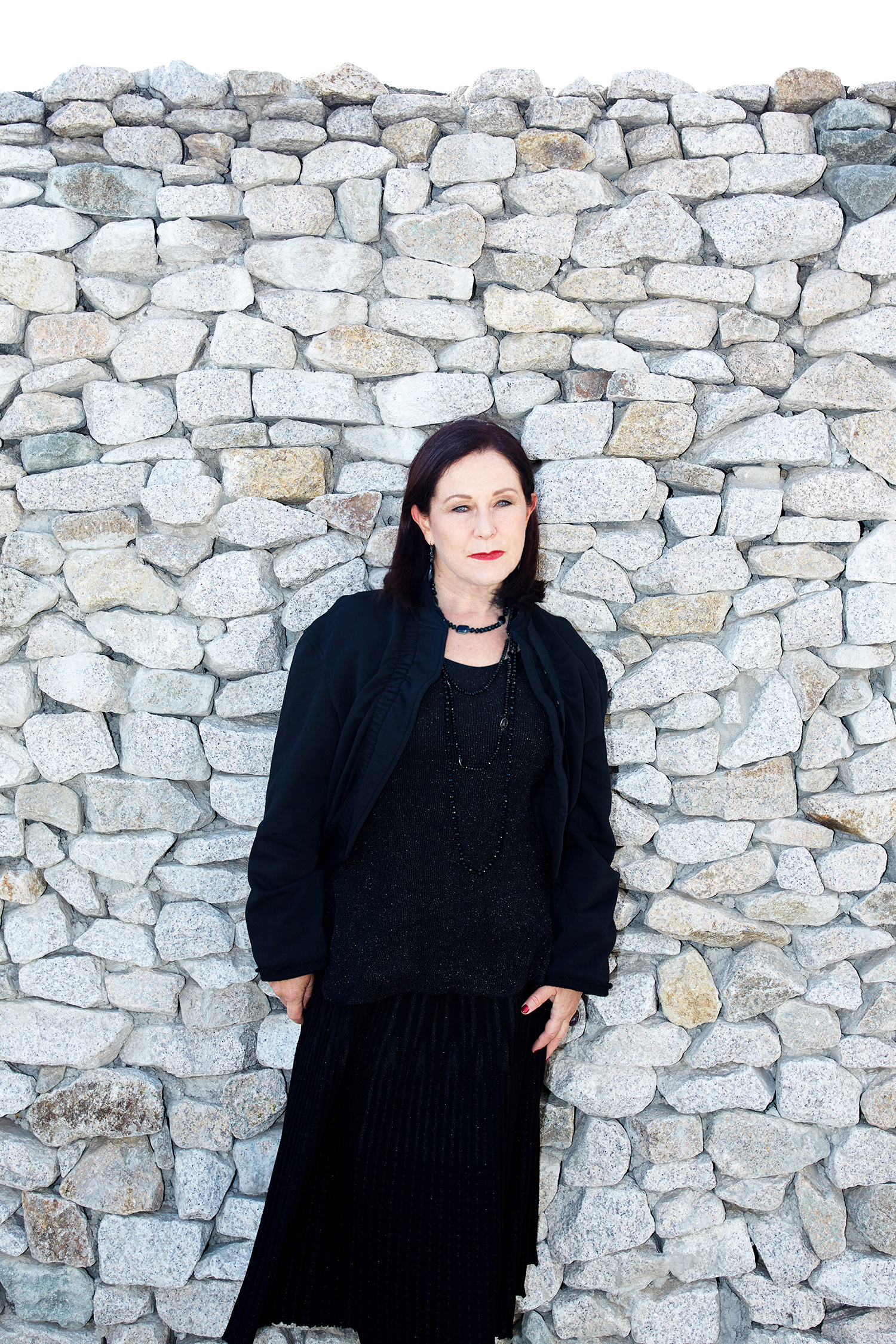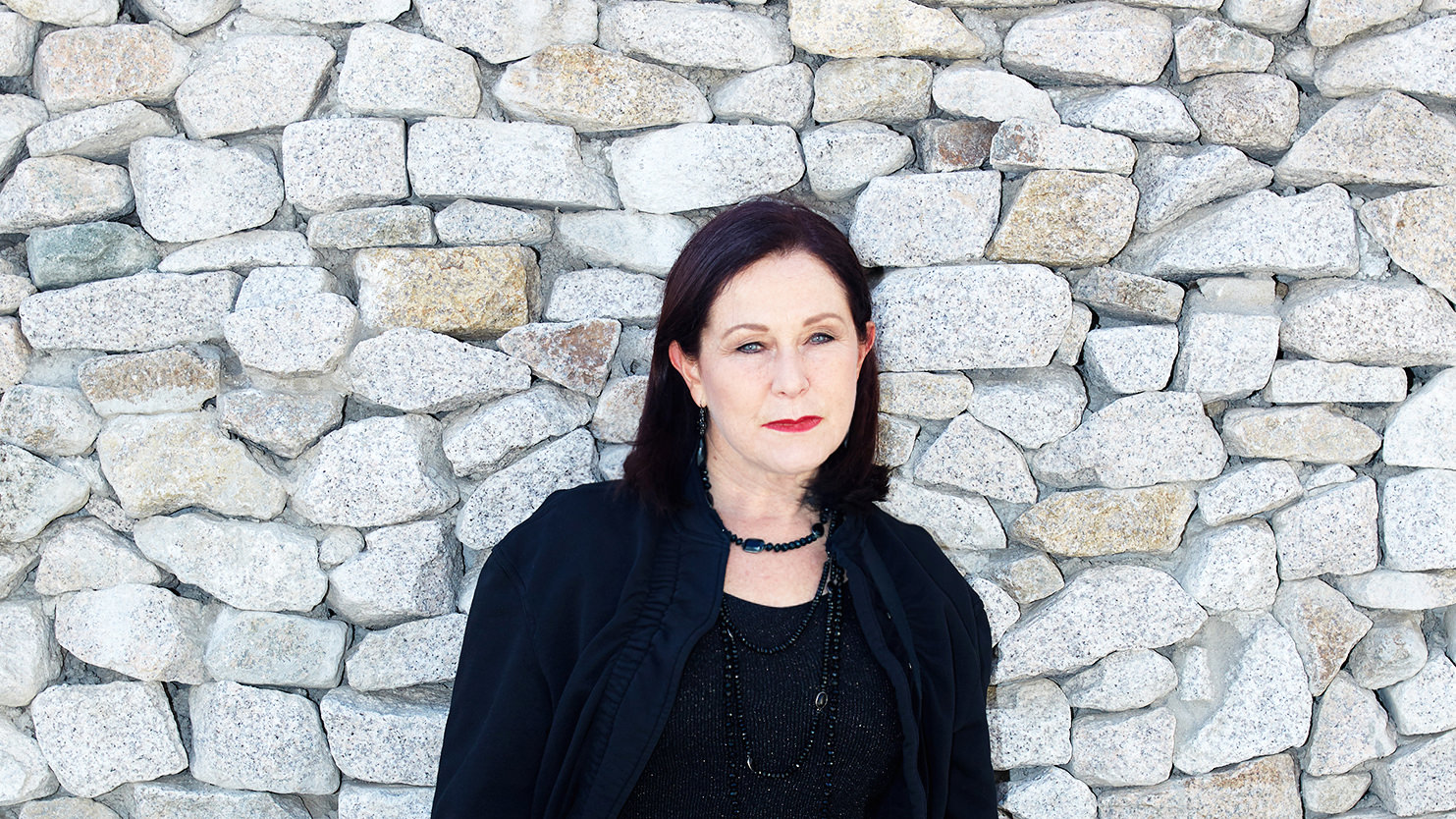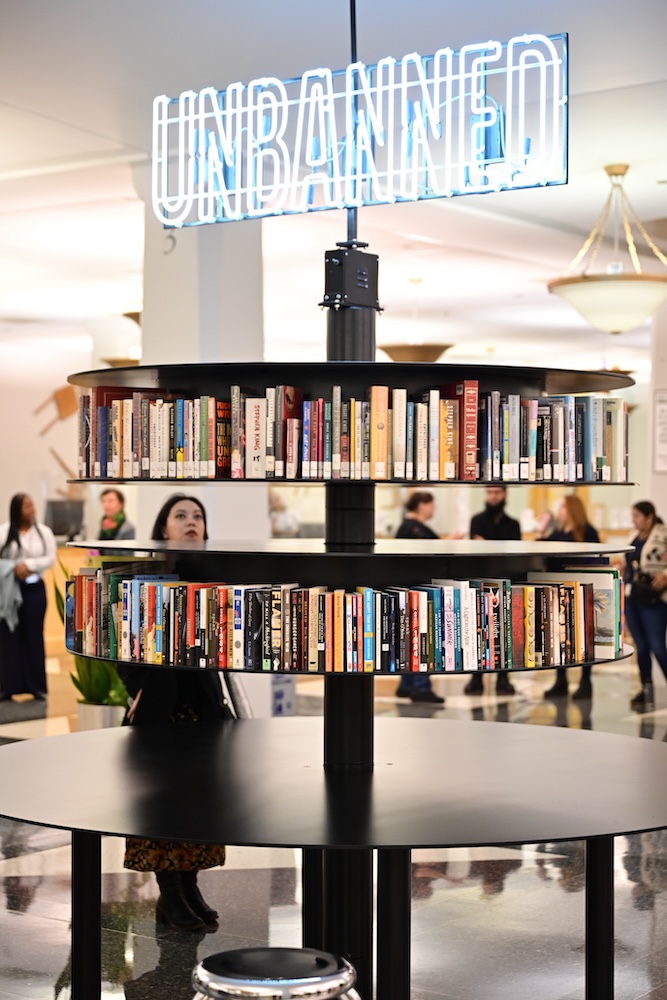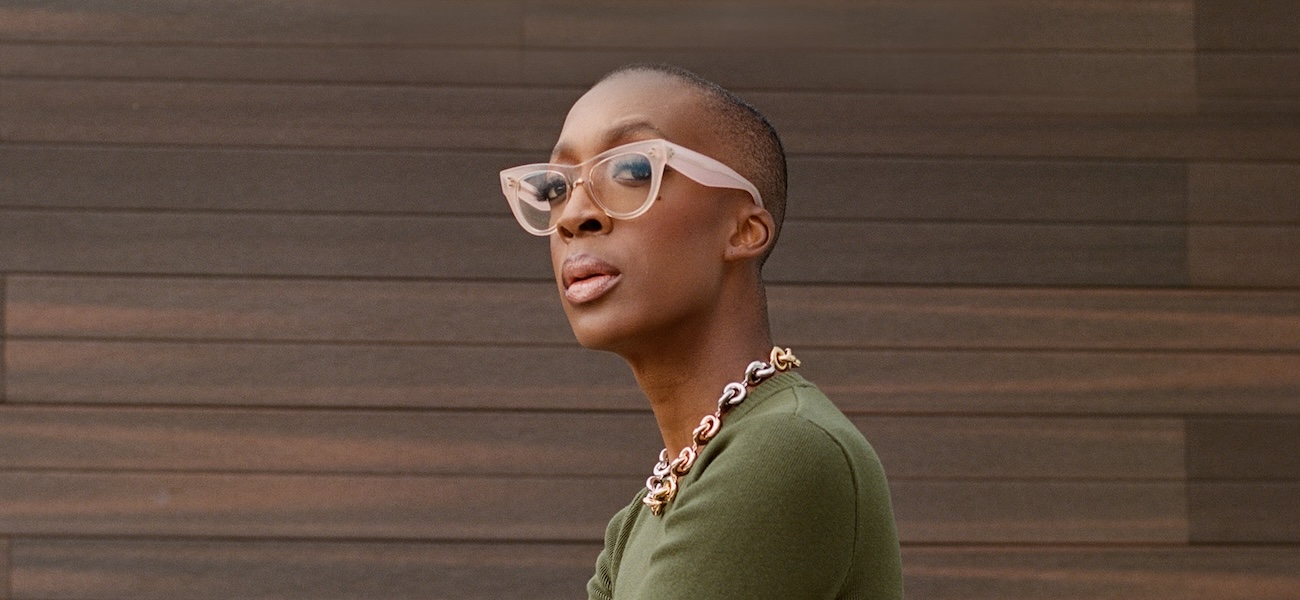For its 45th edition, FIAC is presenting an edgy selection of 195 galleries from 27 countries. Jennifer Flay, the fair’s director, emphasized the need for the presence of emerging galleries but also a strong modern gallery sector. She’s particularly excited that there’s a premiere event happening every single night—a first for the fair.
Other highlights include Theaster Gates’s fire truck installation, My Labor is My Protest, on the avenue Winston Churchill; Ugo Rondinone’s work, Fünfteraprilzweitausendundzwölf, on display at the Petit Palais; the third edition of the conversation program, “Conversation Room”; a new and exciting collaborative video mapping artwork project; and an Outdoor Projects presentation by Elmgreen & Dragset at the Place Vendôme, focused on ecological issues.

Photo by [KAMS]
Courtesy of Jennifer Flay and FIAC.
WHITEWALLER: FIAC’s Outdoor Projects are always unique. Can you share a highlight?
JENNIFER FLAY: I’m super excited about our Outdoor Projects. Elmgreen & Dragset have imagined a specific project for the Place Vendôme, which is very beautiful and engaging. It speaks about ecological issues in a very pointed fashion. There will be some 100 red starfish of a certain species that’s actually endangered right now, made of bronze and a red patina. They’ll be in little colonies almost like they’ve been stranded there.

Grand Palais, 2017
Photo by Marc Domage
Courtesy of FIAC.
I didn’t know this, but starfish don’t have brains, yet they’re super reactive and sensitive to their environment. They also have a capacity of withstanding or overcoming major amputations to their bodies, so they’re very adaptable. If one takes it a bit further, you could think that as human beings, if we were more sensitive to our environments and showed more signs of adaptability, too, we might be able to take better care of our planet.
WW: Last year for Parades, there was a focus on the relationship between contemporary dance and experimental performance in visual arts. What is in store for this year?

Photo by Jae-An Lee
Courtesy of Jennifer Flay and FIAC.
JF: We still have a dance focus. It’s with Ruth Childs, the niece of Lucinda Childs. She’ll be performing two pieces—Particular Real and Calico Mingling, both from 1973. There’s also a leading dance company coming from Israel, which will be very special. And we’re also linking up with the very important Franz West retrospective taking place at the Centre Pompidou for two performance pieces. One, Viennese jazz night, is actually a one-hour concert, like the ones that use to go on around West and his friends. And the other one is a piece by Franz West and Mike Kelley called To Be Read Aloud, which will be reinterpreted.
We have a focus on gender issues, too, with the live-reading of two works by Etel Adnan, the wonderful poet-artist feminist figure. And a new work (transformed from her earlier work called The Movie People) by Dorothy Iannone—also very renowned for a feminist position. Roman Ondák is presenting a performance called SWAP, and Guy de Cointent’s The Bridegroom is being presented and readapted through two performances by Romain Gandolphe and Axelle Pinolt, and Pauline Handepin and Marianna Deshayes.

Parades for FIAC
Performance of OCD LOVE
Photo by Ron Kedmi
Courtesy of FIAC.
WW: Has the success of FIAC changed or expanded its responsibilities?
JF: FIAC has become very important, so it’s really a duty to strengthen and consolidate it, and to engage the public—the collective public from all over the world—as much as possible. The museum public, but also the general public. You really cannot neglect the general public. There are still a lot of people around that feel excluded, and our job is to bring art to them—to create a wider audience for art.

Will Benedict solo show at Balice Hertling, 2018
Courtesy of the artist, Balice Hertling, and FIAC.
WW: On that thread, it seems that art is in fact becoming more and more inclusive. How do you feel about that?
JF: Art is always considered exclusive, and to think of it as being something inclusive is interesting to me. It must be inclusive. We’re not around to make the barriers even higher than they are already. On the contrary, if we can bring them down a little bit more, that would be terrific.








